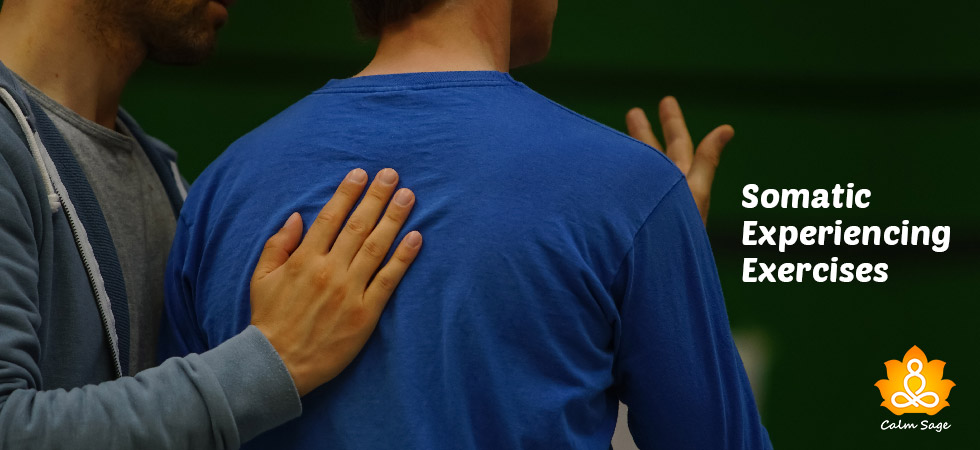Guide-Me: What Is Supportive-Expressive Therapy?

Supportive-expressive therapy is a type of psychodynamic therapy that helps people to achieve mastery over self-control, difficulties, and self-understanding. This therapy can be effectively used for treating substance use disorders. It is an evidence-based approach that is based on a simple theory, “development of substance use, develops personality accordingly, and influences influential life experiences.”
Supportive-expressive therapy is formed through the principles of psychodynamic therapy which originated from Freud’s psychoanalytic theory. According to this theory, psychological issues develop in early childhood and generally occur beside problems related to substance use.
Herein, supportive-expressive therapy comes into action and helps in treating mental health issues such as substance use disorders by raising more awareness, working through principles, and resolving internal conflicts and other negative patterns. In this blog, let us take a deep look at what is supportive-expressive therapy.
So, let’s get started!
What is Supportive-Expressive Therapy?
Supportive-expressive therapy is a type of psychodynamic therapy that helps in treating mental health issues such as substance use disorders by raising more awareness, working through principles, and resolving internal conflicts and other negative patterns.
Supportive-expressive therapy is a non-directive type of therapy that helps the client decide what’s more important and where to focus. During the therapy sessions, the therapist guides a client to do the hard work, commit to the therapy, open up about issues, and be vulnerable to healing.
Techniques Used in Supportive-Expressive Therapy
Supportive-expressive therapy is a time-limited, evidence-based intervention for people struggling with substance use disorders or other mental health disorders. It is generally focused on treating substance use disorder. Additionally, it also helps in improving relationships with others in the context of substance use. This therapy typically consists of 15-30 sessions covering approximately 60 minutes per session. The therapy session generally revolves around two main techniques:
- Expressive Techniques: Expressive-related techniques help people identify and resolve relational patterns of substance use.
- Supportive Techniques: Supportive-related techniques help people feel relaxed or comfortable while discussing personal experiences related to substance use.
The three areas of focus in supportive-expressive therapy while treating substance use or other mental health disorders are:
1. Communication:
Throughout the therapy sessions, the client works on building a therapeutic relationship through effective communication approaches. This helps the client open up to the psychotherapist and elevate the healing process.
This helps in normalizing experiences and also psychotherapists share some suggestions which makes communication with other people also helpful.
2. Emotional Experience:
Emotional experiences help in the identification and labeling of negative emotions the client has been dealing with for a long time. Throughout the session, the therapist uses different techniques that help in confrontation, clarification, and interpretation. It also promotes awareness of the present moment.
3. Interpretation:
Interpretation includes what comes up during sessions. During this process, the therapist tries to conclude base interpretations on the basis of the client’s descriptions.
It promotes an ability to collaborate with the client through the process of self-determination and self-understanding. Herein, the client and therapist also work through conflicts, early experiences, current relationships, and other challenging situations.
4. Final Phase of Supportive-Expressive Therapy:
In this phase, the therapist concludes the therapy sessions after the identification and exploration of challenging problems. Herein, the client is able to connect with therapy and adapt to the suggestions provided by the therapist.
Uses of Supportive-Expressive Therapy
Supportive therapy not only helps in treating substance use disorders but it can also be used for treating various mental health disorders, such as:
- Anxiety
- Cocaine use disorder or crack addiction
- Eating disorders
- Substance use disorders
- Personality disorders
- Depression
- Interpersonal problems
- Psychological distress
- Social anxiety
- Post-traumatic stress disorder (PTSD)
Benefits of Supportive-Expressive Therapy
Below listed are some of the benefits of supportive-expressive therapy:
- Evidence-based approach for treating substance abuse
- Works best in combination with medications and therapy
- Beneficial for people with severe psychiatric issues
- Effectively influences positive feeling, thinking, and behaving
- Promotes self-reflection
- Enhances coping skills
- Promotes positive insight and emotional growth
What Does The Research Say about Supportive-Expressive Therapy?
I was not able to find a lot of studies or research around supportive-expressive therapy, however, I could find a study that covered the effectiveness of supportive-expressive therapy in the context of treating substance use disorders in combination with drugs and related improvements.
This study discussed how effectively disorders were treated and how improvements were seen during the first 12 months of completing treatment. This therapy can also be used for treating cocaine use disorder. However, this therapy is known to be effective only when the client is ready to open up about their problems and explore their challenging thoughts.
One study also revealed therapy applied in combination with medication may require less amount of methadone. Research published by Psychiatry Online mentioned that when a therapist starts understanding unconscious guides, it helps the therapist to offer the best help for the clients. Herein, flexibility plays an important role and improves overall psychotherapeutic technique.
Frequently Asked Questions
I hope this blog helps you understand what supportive-expressive therapy is, the techniques used, its benefits, and more.
For more such content, connect with us through all social media platforms.
Thanks for reading!




















